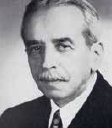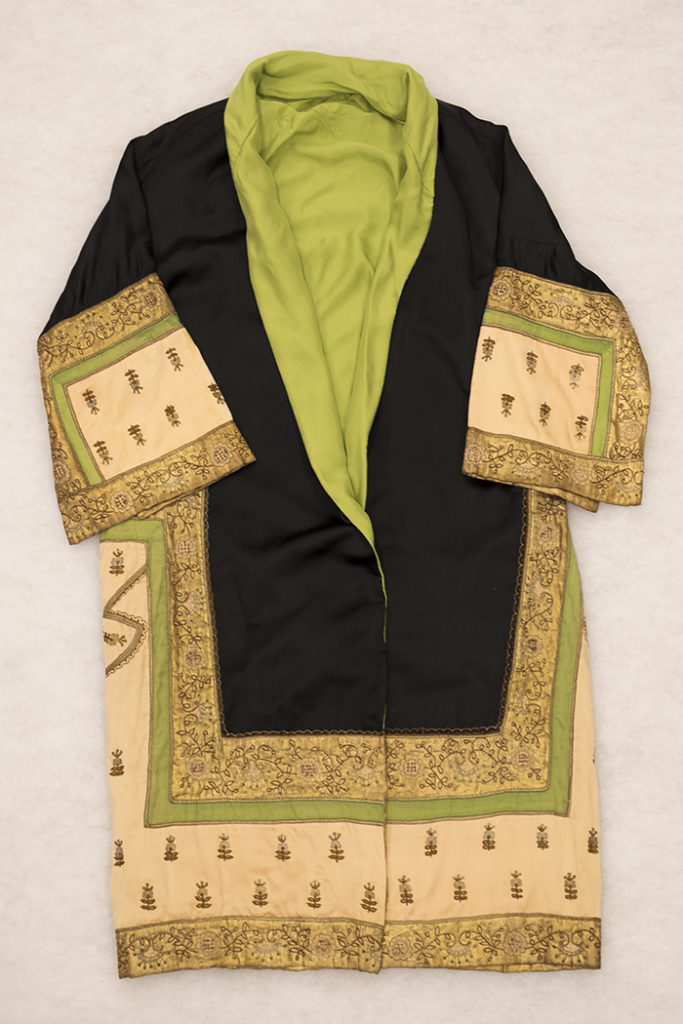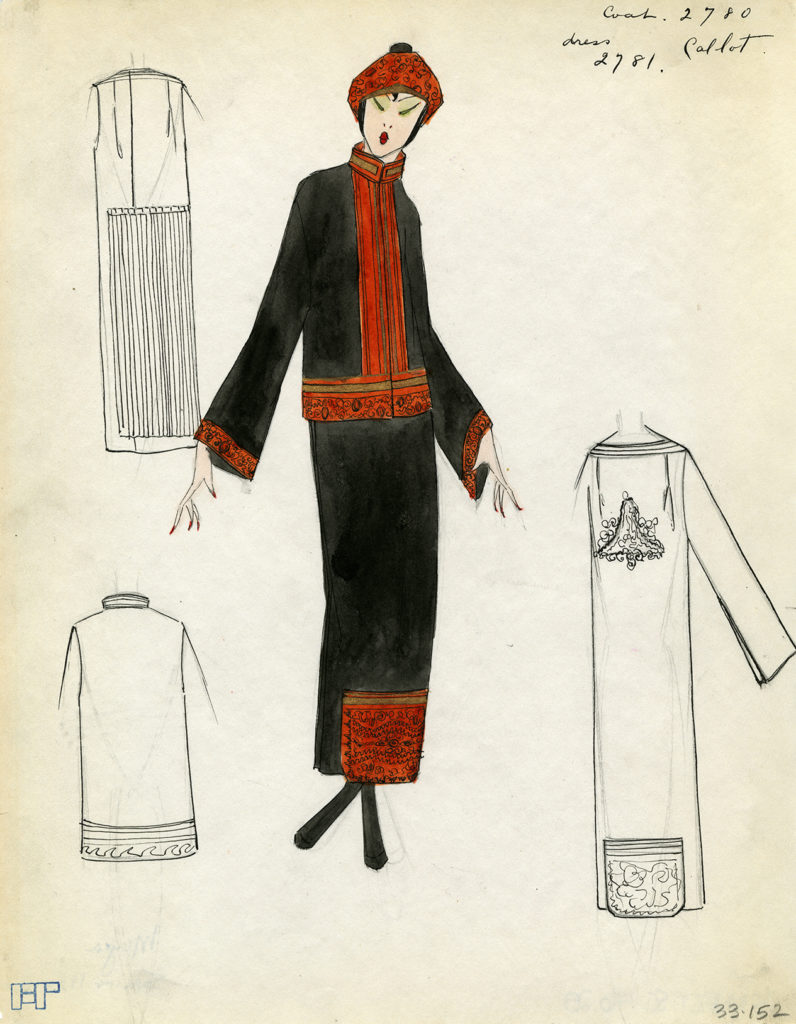

by Alex Joseph ’15
An online exhibition about one of FIT’s founders shows how French fashions crossed the Atlantic
In the first decades of the 20th century, French fashion reigned supreme, and New York followed its dictates. A new virtual exhibition sheds light on this relationship, and the early career of one of FIT’s founders, Max Meyer (1876-1953).
Meyer’s family immigrated to New York from Alsace, France, when he was a boy. When he was a teenager, his brother-in-law, women’s coat and suit manufacturer Abraham Beller, hired him to sweep snow off the sidewalk and do other menial work. Meyer worked his way up to the position of buyer at age 21, and by World War I, he was traveling to Paris twice a year for A. Beller & Co. There, Meyer’s first language proved useful: His French helped him gain entry into the elite couture salons. Like other buyers, he purchased sketches of the latest styles; A. Beller then manufactured these licensed looks for American women.

Meyer’s family emigrated in part so he could avoid compulsory service in the Prussian army. Meyer may have been the first representative of an American manufacturer to gain entry to the Paris couture salons. Late in life, he wrote that his first language, French, helped him win over a skeptical vendeuse (head of sales at a fashion house).
In the early 1950s, Meyer donated nearly 9,000 of the watercolor and ink sketches, representing work from top fashion houses, including Chanel, Lanvin, Poiret, and Worth, to what is now known as FIT’s Special Collections and College Archives in the Gladys Marcus Library. For the exhibition, SPARC staff curated a selection of some 200 illustrations. To evoke the period, students from the MA program in Fashion and Textile Studies: History, Theory, Museum Practice curated and conserved 14 garments that resembled sketches in the show. These outfits, chosen from a collection of historic fashion pieces used for graduate study, mirror the drawings’ styles and history.
“He was a very good buyer,” says Lourdes Font, professor and acting chair of the MA program, who has studied all 9,000 sketches. “They depict the best of fashion from the early 20th century.” Though commercial in nature, the drawings convey the accomplishment of their anonymous artists through delicate, sinuous lines and whimsical details.
Meyer retired from A. Beller as a partner in 1929. He went on to become a noted labor leader for the garment industry, serving as a mediator for disputes over minimum wage, worker’s compensation, and working conditions, among other issues. He co-founded what became the Central High School of Needle Trades (now the High School for Fashion Industries) in 1940, and FIT in 1944, and he served as the college’s president from 1952 to 1953.
“He was a very good person, someone we should be proud of at FIT,” says Font, who researched Meyer’s papers at Cornell University’s Kheel Center for Labor-Management Documentation. His passion for the college and high school originated from a personal place. “He never forgot his early days, when lack of education was an obstacle, and he dedicated his life to making it available to others.”
Visit Max Meyer and A. Beller & Co: Interpreting a Hidden History of NYC’s Garment District. An in-person version of the show is planned for FIT’s Art and Design Gallery in the next academic year.
Conservation for Context:
How a grad student made one coat exhibition-ready
For the exhibition, the show’s organizers paired sketches from the Meyer archive with similar outfits from FIT’s graduate study garment collection, thus setting up a conversation between illustration and outfit. This European or American evening coat, of silk with metallic-thread embroidery, was paired with a Meyer sketch of a spring 1923 Callot Soeurs design to illustrate the theme of exoticism in 1920s fashion.


Graduate student Anya Andreeva conserved the coat for a class project, not knowing it would appear in the show. As she explains in a video on the exhibition website, studying the piece to prepare it for conservation was not unlike getting to know a person: “You learn their weaknesses and their strengths.” Areas of the green silk were disintegrating, so Andreeva used infills of China silk in a similar color and weight, couched them in conservation stitches, and enclosed them in a layer of net. The original lining was too weak to be conserved, so she left it in place and covered it with a new one to minimize further damage while maintaining the garment’s appearance.